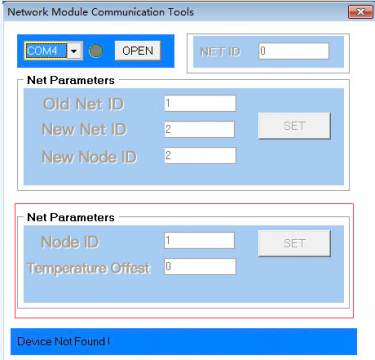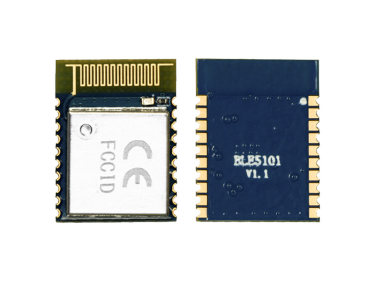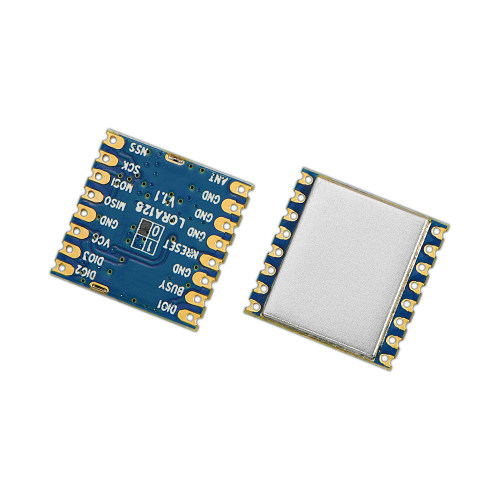Why is the crystal oscillator called the "heart" of the LoRa module?
The LoRa module is a hardware device typically comprised of components such as a radio frequency transceiver, microcontroller, and a crystal oscillator. The crystal oscillator is an electronic component used to generate a stable clock signal. Within the circuit of the LoRa module, the crystal oscillator is often referred to as the "heart" of the module because it provides the essential clock signal necessary for the module to operate, much like how the human heart provides a steady rhythm for the circulation of blood. The crystal oscillator generates an accurate frequency through the oscillation of a quartz crystal, and this frequency is used to synchronize various parts of the LoRa module, ensuring they operate on the same time reference.
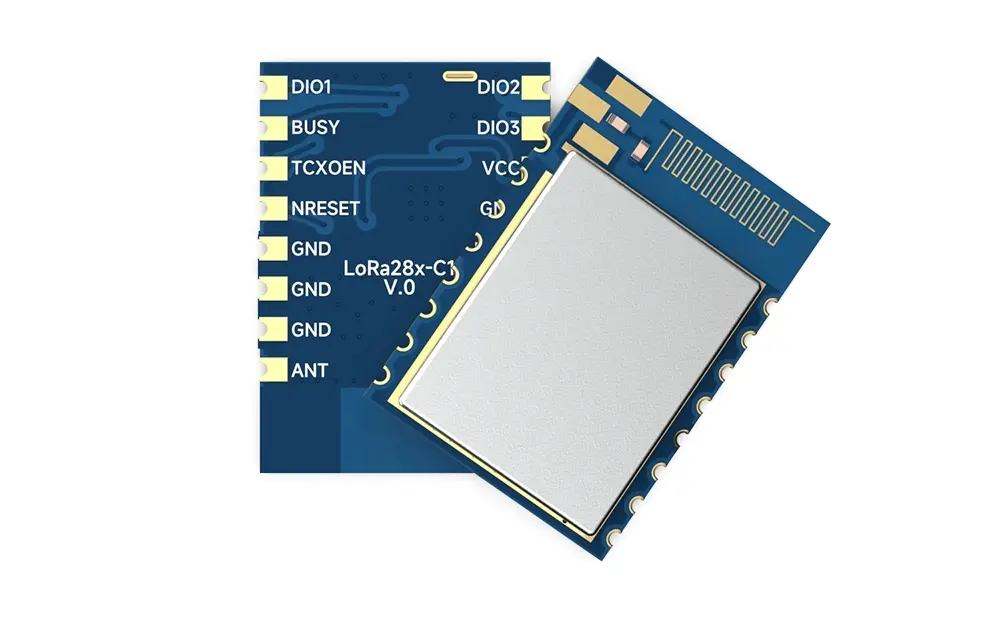
The Role of the Crystal Oscillator in LoRa Modules
The crystal oscillator, as a crucial component within LoRa modules, serves the primary purpose of generating a stable clock signal. This signal ensures that all components of the LoRa module operate on the same time reference. Specifically, the crystal oscillator generates an accurate frequency through the oscillation of a quartz crystal, and this frequency serves as the clock signal for synchronizing data transmission and reception in the LoRa module.
The crystal oscillator's role in LoRa modules can be summarized in three key aspects:
Firstly, it provides a stable clock signal to ensure that all parts of the LoRa module operate on the same time reference. In LoRa communication, data transmission occurs at specific time intervals. The clock signal generated by the crystal oscillator precisely synchronizes all data transmission and reception operations, ensuring communication accuracy and reliability.
Secondly, the crystal oscillator can influence the data transmission rate of the LoRa module. The frequency of the crystal oscillator can be adjusted according to specific application requirements, thereby altering the data transmission rate of the LoRa module. By selecting an appropriate frequency for the crystal oscillator, it's possible to achieve flexible configuration of the LoRa module to meet communication distance and power consumption requirements while providing an adequate data transmission rate. This flexibility allows LoRa modules to adapt to various application scenarios efficiently.
Thirdly, the crystal oscillator can balance power consumption and response time in LoRa modules. Low-power modules have specific requirements for receive current and sleep current, especially for the sleep current values. Typically, low-power modules meeting performance standards require sleep current values ranging from a few microamperes to tens of milliamperes. As is commonly known, lower power consumption results in longer response times when waking up the microcontroller. The crystal oscillator can wake up the microcontroller through external triggers or timers. For example, with a TXCO (temperature-compensated crystal oscillator), before the module enters sleep mode, when it's necessary to wake up the microcontroller, it can be triggered externally or through timers to wake up the microcontroller.
An example of LoRa modules with this capability is the LoRa128X-C1 series by NiceRF, which includes LoRa1280-C1 and LoRa1281-C1, comprising a total of 8 products. These modules offer low receive current (less than 5mA), low sleep current (0.56-2.56mA), and high-precision crystal oscillators, allowing timed wake-up of the microcontroller while maintaining low power consumption.
Please note that the performance and features mentioned are specific to the LoRa128X-C1 series and may vary in other LoRa modules.

The Application of Crystal Oscillators in LoRa Modules in the Internet of Things (IoT)
As IoT technology continues to advance, the application of LoRa modules and crystal oscillators is becoming increasingly widespread. For instance, in the realm of smart homes, the combination of LoRa modules and crystal oscillators enables remote communication and intelligent control between devices, enhancing the comfort and convenience of residential living. In industrial automation, the use of LoRa modules and crystal oscillators facilitates wireless transmission and monitoring among devices, thereby increasing production efficiency and reducing costs. In the agricultural sector, the application of LoRa modules and crystal oscillators enables precise agricultural monitoring and management, ultimately leading to improved crop yields and quality.
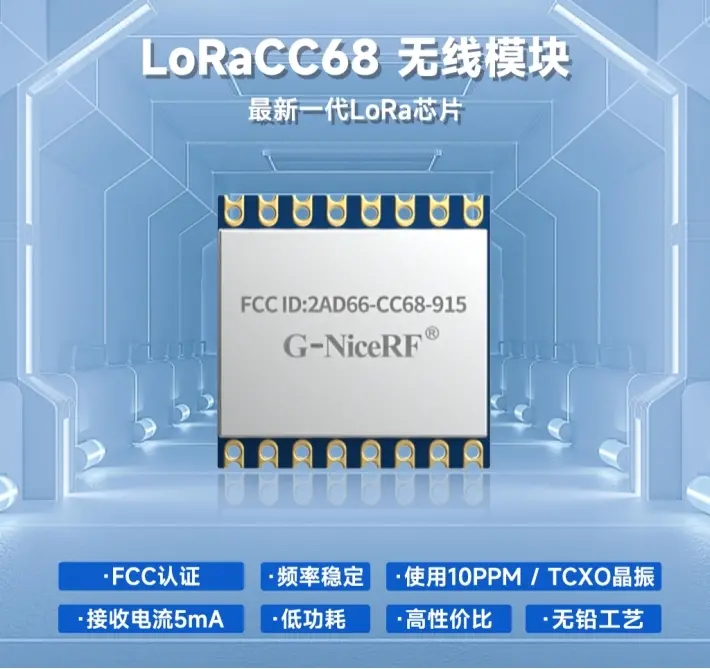
The Importance of Crystal Oscillators in LoRa Module Circuits Cannot Be Overlooked. It ensures the module's stable operation, allowing it to transmit and receive data accurately. Just as the human heart is responsible for providing blood circulation and oxygen supply to the body, the crystal oscillator provides the necessary stable clock signal for the LoRa module to function properly. Without a stable heartbeat, the human body cannot operate normally; similarly, without a stable clock signal, the LoRa module cannot function properly. The crystal oscillator not only provides a stable clock signal to ensure module synchronization but also can adjust the data transmission rate to meet different application requirements. It is the presence of the crystal oscillator that enables LoRa modules to achieve efficient and reliable wireless communication, making a significant contribution to the Internet of Things (IoT) field.
 +86-755-23080616
+86-755-23080616
 sales@nicerf.com
sales@nicerf.com
Website: https://www.nicerf.com/
Address: 309-314, 3/F, Bldg A, Hongdu business building, Zone 43, Baoan Dist, Shenzhen, China


